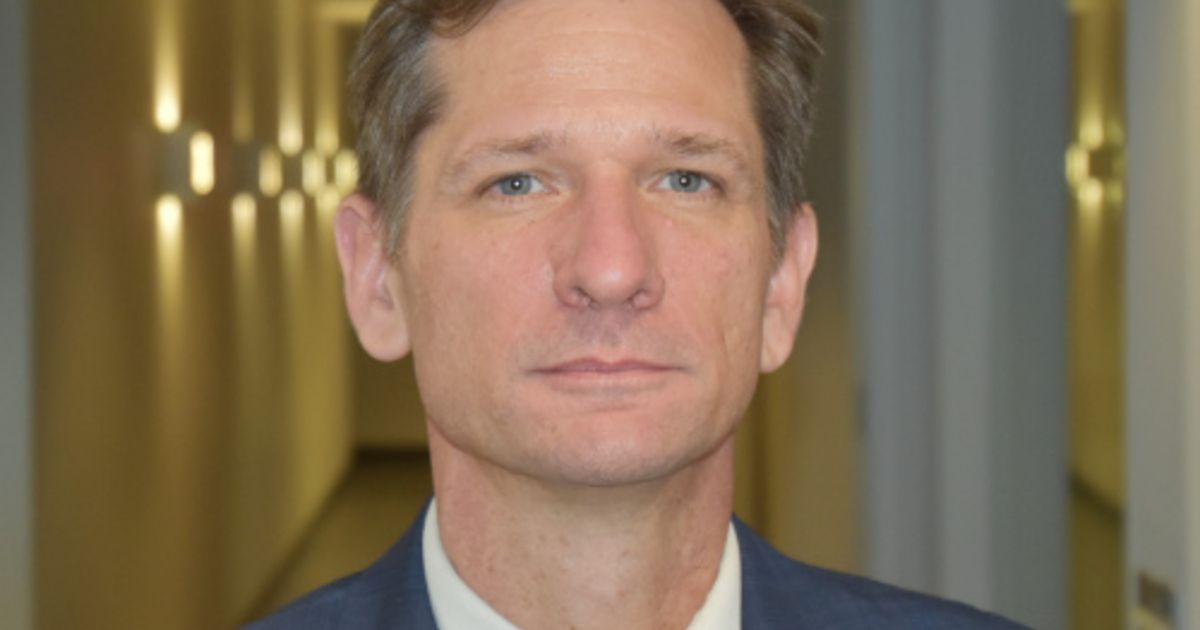
I first met Edward Hightower at an industry luncheon several years ago, after he had worked at Ford, BMW, General Motors — twice — and AlixPartners.
I’ll admit that I struck up the conversation with him, not because I knew of his extensive track record, but because of his name, which is the same as a longtime Big Ten men’s basketball referee. (They are not related.)
But I was glad I did. He was into a lot of interesting things in the auto industry. He worked with startups, such as HEVO Power, which went on to win an Automotive News PACE Award last year, and he was exploring the potential for automaking and auto parts manufacturing in Africa.
When he joined Lordstown Motors as president in 2021, he wasn’t blind to the challenges of salvaging a startup with a troubled origin story that included a takedown by Hindenburg Research and the founder’s resignation.
What intrigued him was the emerging partnership with Foxconn that he saw as potentially pairing complementary skills and helping jump-start America’s competitiveness in the nascent electric vehicle industry.
“That was what’s really important,” he told me and Automotive News reporter Molly Boigon this week. “All the stuff that happened before that was not important.”
While Hightower didn’t start the business, he took on the mindset of an entrepreneur: He focused on the opportunity over the risk — or, to many observers, the very high likelihood — of failure.
“As a leader, you have to be cautious, but you have to be optimistic,” he said in the interview.
In the restaurant industry — where 80 percent fail within five years — I think there’s a saying that if people knew how unlikely success was, no one would start one.
That should be even more true in the auto industry, where Tesla has been the only new automaker (outside of China’s unique environment) to survive a recession and become steadily profitable since Honda Motor Co.
While success was undoubtedly a long shot, he saw a path: Minimize the need for capital, put together a team focused on R&D and technical aspects around bringing an EV to market, while partnering with a strong manufacturing company with twice the revenue of Tesla and global supply chain prowess.
“I had to keep the team focused on the task at hand because we had and I believe we still have … a compelling market opportunity for this business model that we were creating.”
The approach was two-pronged. The obvious part was launching the Endurance pickup to prove it could be done and seeking an automotive partner to scale it up. The second involved plans to help Foxconn develop, homologate, certify and launch other vehicles, such as the concepts it showed in 2021 and 2022.
To Hightower’s chagrin, many industry observers have forgotten that second part and simply focus on the sale of the massive factory in Lordstown, Ohio, for too little money.
What’s worse, in Hightower’s telling: Foxconn pretty much forgot about that part of the deal, too, refusing to cooperate on the new products — as well as resisting following through on investments in Lordstown’s Endurance pickup.
Not all hope is lost, but time is running short for the U.S. startup. It filed for Chapter 11 bankruptcy court protection and warned employees that they may have to be let go. With no debt and about $135 million in cash, he’s got about two to three months to find a better partner, one that is looking for some good talent — or at least a homologized product that could be put on a path to viability.
The first Black automaker CEO in more than a century sees the bankruptcy process as an accelerant to restructuring, not to dissolution. That’s what Chapter 11 is meant to be.
What that restructuring looks like remains to be seen. Someone could buy the designs and the names and remaining physical assets, such as the lines that make the in-wheel hub motors and battery packs.
What he’s really looking for is someone — an established automaker or a financial investor — who believes in the team he’s put together, which has worked through many of the pain points, such as software, that often hold up EV launches.
“The fact that we were able to accomplish what we did with a team of under 300,” he said, “I think would be very compelling to the right partner.”